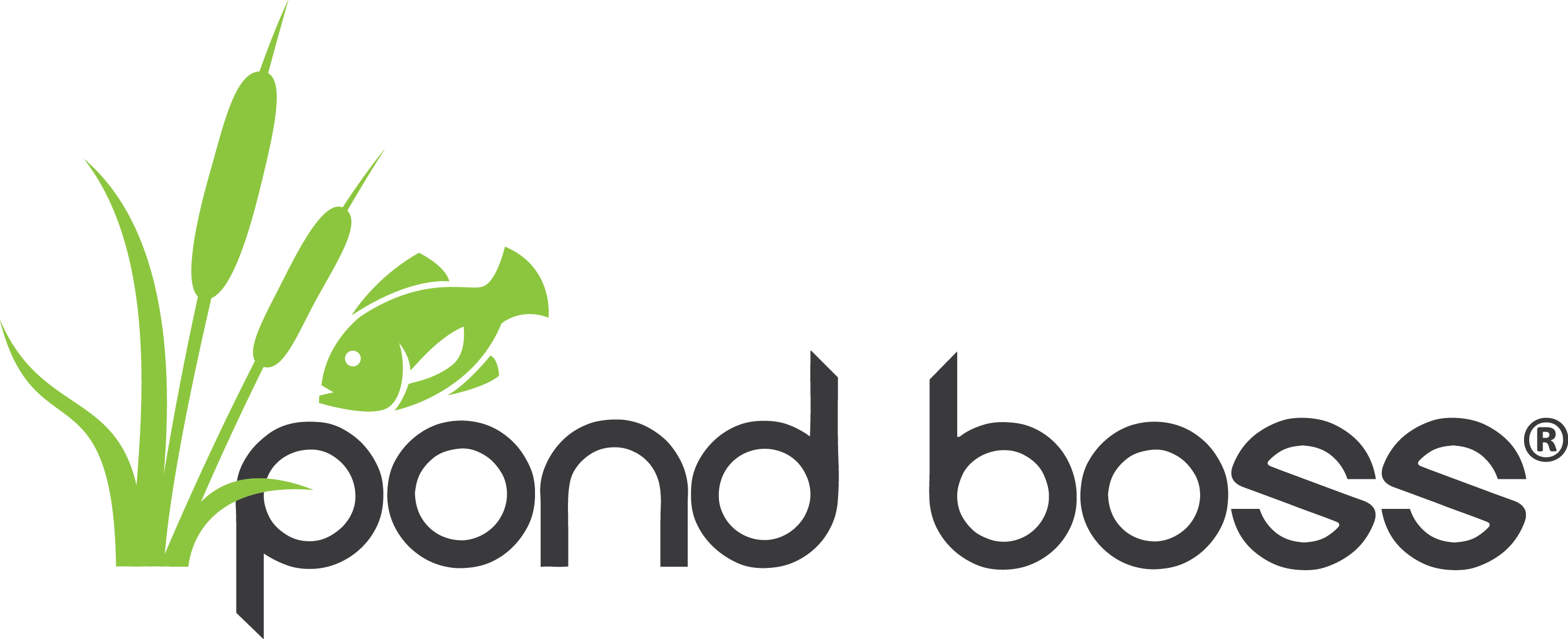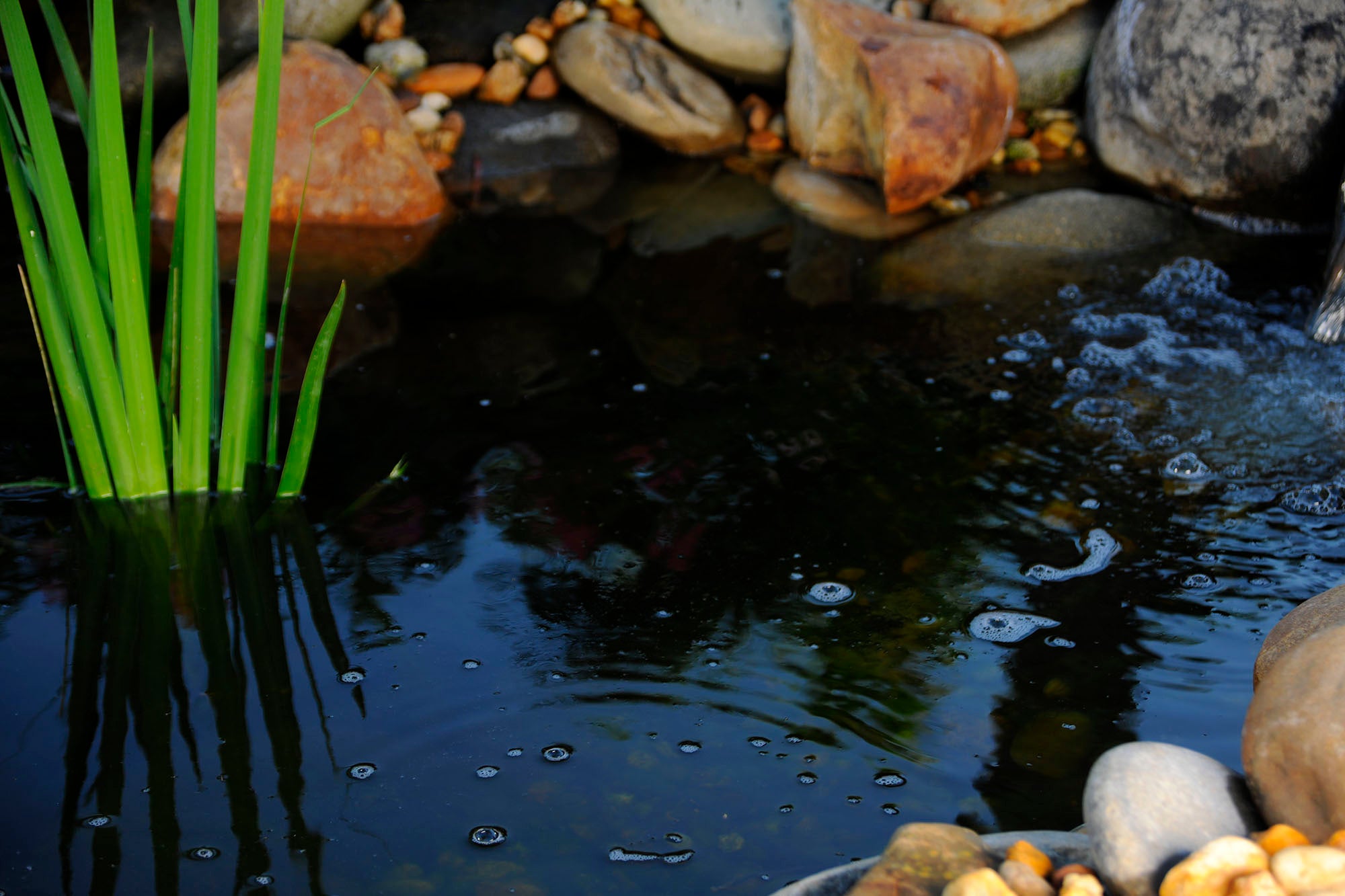Article: Combat Droughts with Ponds and Water Features

Combat Droughts with Ponds and Water Features
During a drought, having a pond may seem wasteful or irresponsible, but ponds are important to local wildlife during the summer, especially in a drought. A pond can support an entire ecosystem and become the only source of fresh water for an area when all of the other natural water sources dry up. Maintaining your pond during the summer and using water treatments that are safe for wildlife can save your local ecosystem during a drought.
Promote Biodiversity
The circle of life can start right in your pond. Smaller aquatic animals, insects, and amphibians often need a fresh source of water that's protected by plants to mate, lay, and then hatch their young. Starting with bugs and their larvae, they can provide a vital food source for the frogs and lizards around the pond. These frogs and lizards become food for larger animals like snakes, birds, and raccoons, which can feed even larger animals in your area. During droughts, the spots that were popular breeding, housing, and drinking grounds for animals often suddenly dry up, leaving all of the local wildlife to search for a new spot, which may not exist naturally. Ponds are essential for promoting biodiversity during droughts.
Fresh Drinking Water
Many areas are seeing more natural ponds, lakes, streams, and other natural freshwater sources dry up during droughts as they become more and more common. As these water sources disappear, local animals have fewer options for fresh drinking water, vital during any season but especially during the summer months in a dry climate. Your pond may be the only available fresh water for a few miles, which is a considerable distance for a small animal if they're hot and thirsty.
Native Plants
In addition to making sure you're only using wildlife-safe water treatments to keep your pond clear, adding native plants can help support local wildlife. Native plants are typically used to the local climate, need less water, and can handle droughts and dry weather better than non-native plants. Native plants are also crucial for local pollinators like bees and butterflies, which are food sources for other animals.
Aeration
One of the keys to keeping your pond naturally clear and healthy during the summer is aeration. If the water is still, it will be easier for algae to bloom and harmful bacteria to take over, leading to murky water, low oxygen levels, and unpleasant smells. A water feature like a fountain or waterfall and the right-sized pond pump will help keep the water circulating and oxygenating.
If you live in an area prone to droughts, having a pond may not be the first thing that comes to mind. Ponds are actually even more important in drought areas as they promote biodiversity and supply fresh water to local wildlife. Keeping your pond clear and only using water treatments safe for wildlife can help your local ecosystem. During droughts, natural water sources may dry up, and your pond may be the only place locally for animals to drink and reproduce. Consider having a pond as a way to support your local plants and animals, even if you live in an area prone to droughts.

